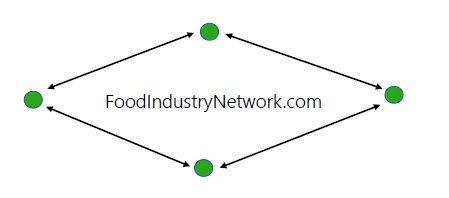Farmers demand incentives for environmental changes

Glacier FarmMedia – A federal environmental strategy for the agriculture sector should be viewed through an economic lens, says a report from consultations on the proposed Sustainable Agriculture Strategy.
Read Also

Ontario’s maple syrup sector sees sweet growth potential
Ontario’s maple syrup industry has untapped potential and renewed hope for expansion through a recent funding program. Randal Goodfellow, Ontario…
It should reflect regional differences, recognize early adopters and improve data and measurement.
Why it matters: The federal government wants the Sustainable Agriculture Strategy to be a resource for the Canadian agriculture sector to take action on environmental and climate issues.
The “what we heard” report was posted to Agriculture Canada’s website during the holiday season. It outlines feedback from consultations, workshops and written submissions gathered between December 2022 and March 2023.
A final strategy was supposed to be released in late 2023, but the department now says it will be some time this year.
Stakeholders said direct incentives to increase the adoption of best management practices and technology were critical. Farmers have to see the financial sense of changing practices.
“They emphasized that incentives needed to be long-term and should consider the cost of adoption, return on investment and the ecological goods and services provided.
“Furthermore, incentives and support must be made available to a variety of farm sizes, particularly to those who do not have the capacity to measure GHG emissions or carbon sequestration, or are unable to afford costly clean technologies,” the report said.
Smaller and larger farmers had concerns.
Small and medium-sized farmers said they didn’t have large enough financial buffers if they attempted to implement a new practice but failed.
“Large-scale producers were concerned around their ability to remain competitive and profitable in global markets, competing against producers from other countries with different policy and programming support from their respective governments,” said the report.
“Small-scale producers who participated in the consultation noted their financial struggles and inability to access government funding and programming for a variety of reasons, including high cost-share ratios and disappearing local and regional infrastructure (grain terminals and abattoirs) vital for their survival.”
The need to recognize early adopters was often mentioned in the best management practices discussion. These producers have already tackled change but can’t access current government programs. The report said these producers should be viewed as mentors and leaders and their success publicized to encourage others to follow suit.
The loss of agricultural land was also mentioned, particularly by respondents from Ontario and British Columbia. Participants were concerned about who was buying land and why, and the discussion included increased calls to better regulate foreign ownership of farmland, the purchase of farmland for non-agricultural purposes and the overall consolidation of agricultural land in fewer hands.
Respondents noted data gaps and the lack of a cohesive, consistent measuring policy around agri-environmental data collection and analysis at all levels.
Nationally, there were concerns about how agriculture is modelled in the National Inventory Report. Regionally, the data is fragmented and drawn from many sources, which makes it difficult to develop comprehensive, valid data sets.
“And at the local level, producers need tools to measure and collect data on their farms, helping them make production decisions and more informed investments. Overall, there was a strong call for a data strategy to collect, manage and communicate data on GHG emissions, biodiversity, water, soil health and resilience, with solutions to address the data and measurement challenges developed with the sector and various stakeholders at different levels to effectively measure change,” said the report.
It is based on 420 responses; 41 per cent came from producers and six per cent represented producer or industry associations.
– Karen Briere is a reporter with The Western Producer.
Source: Farmtario.com

